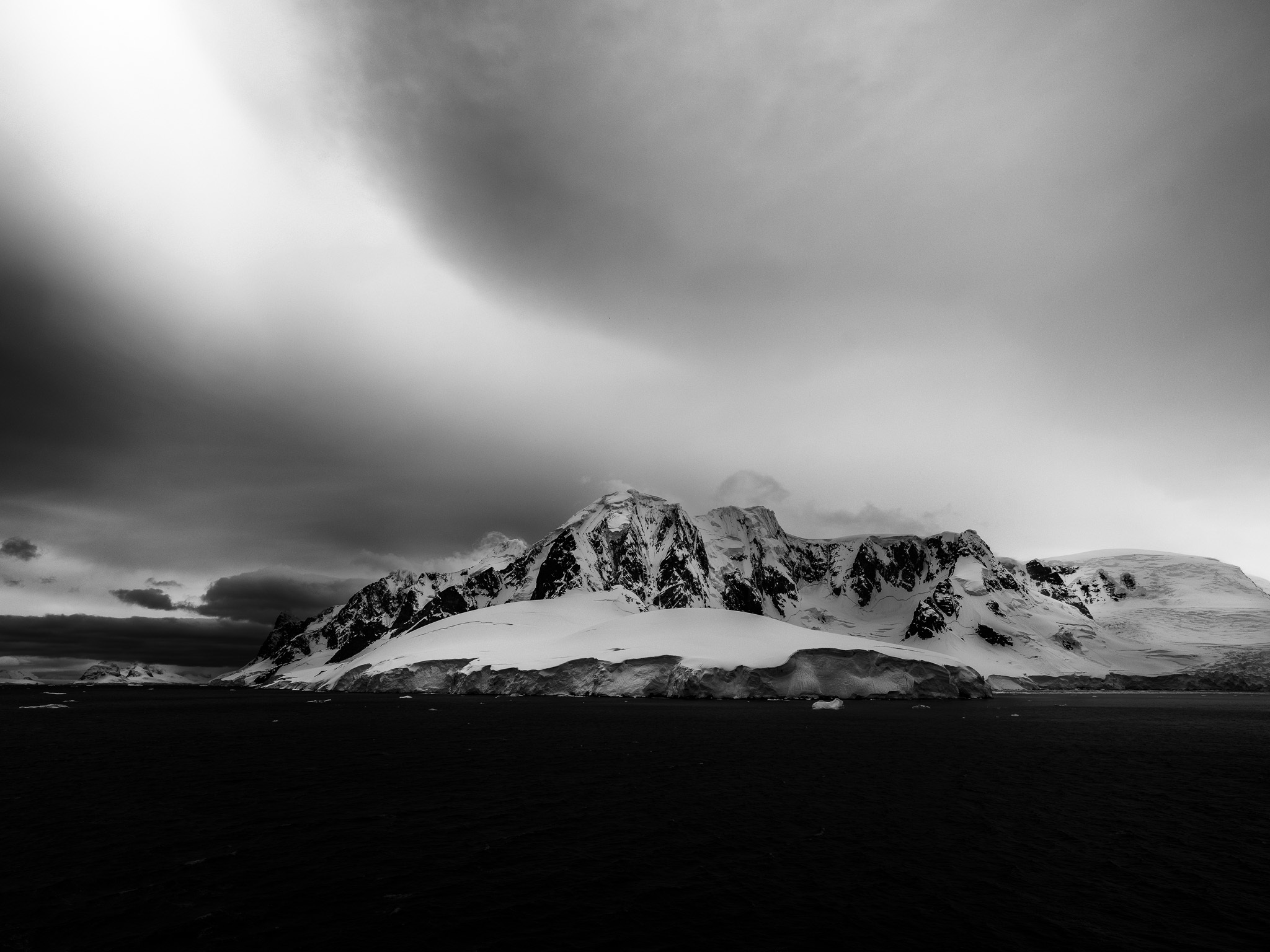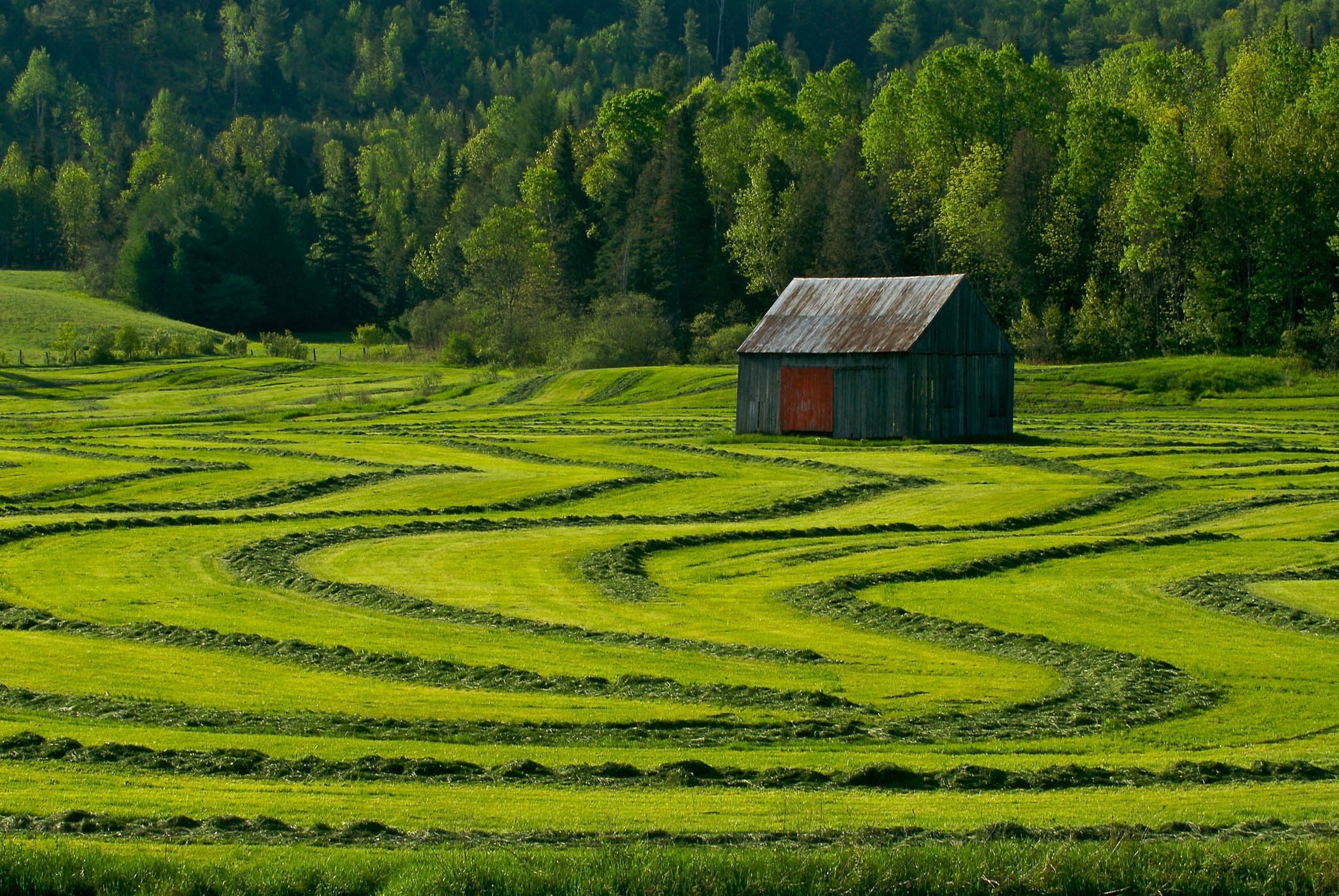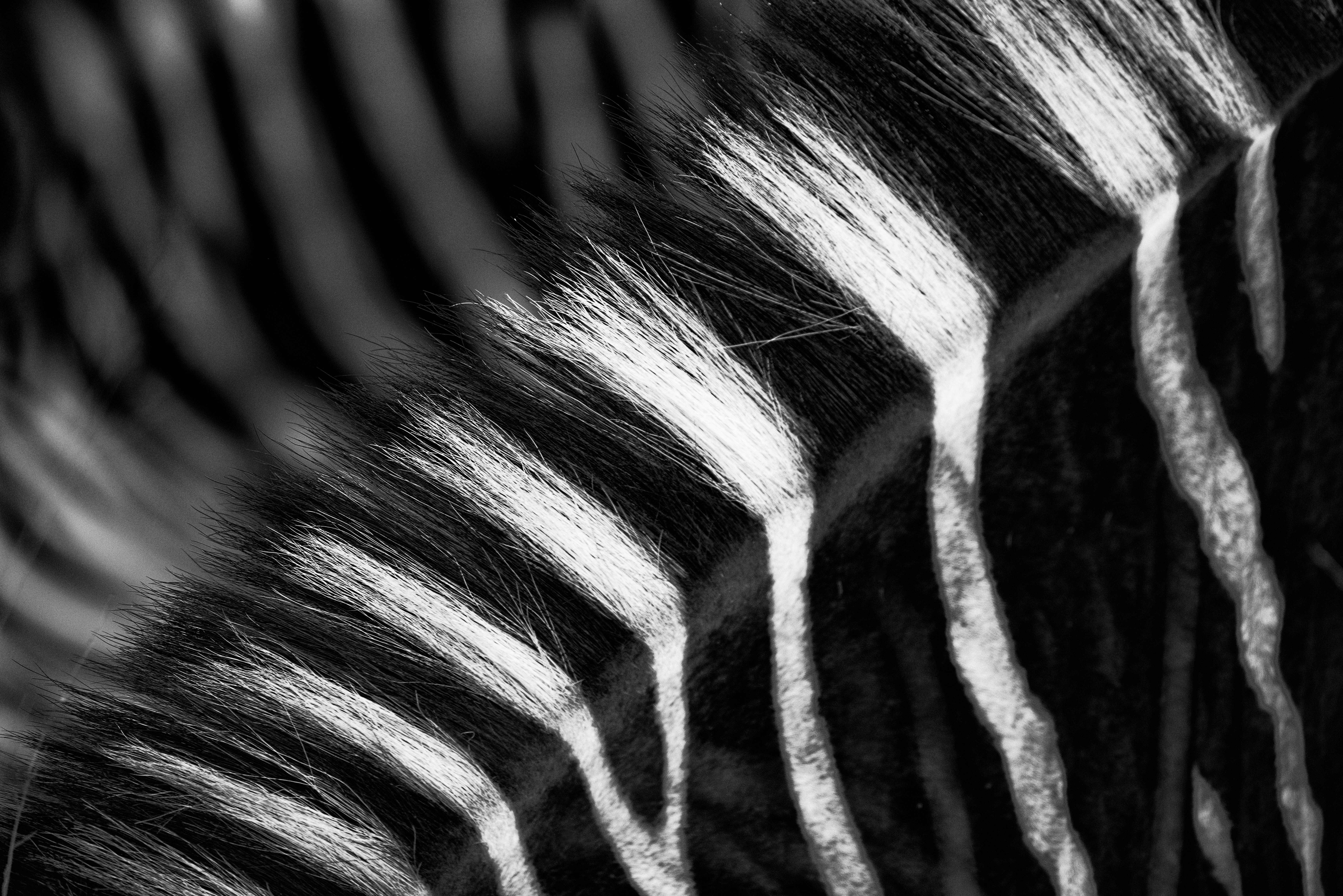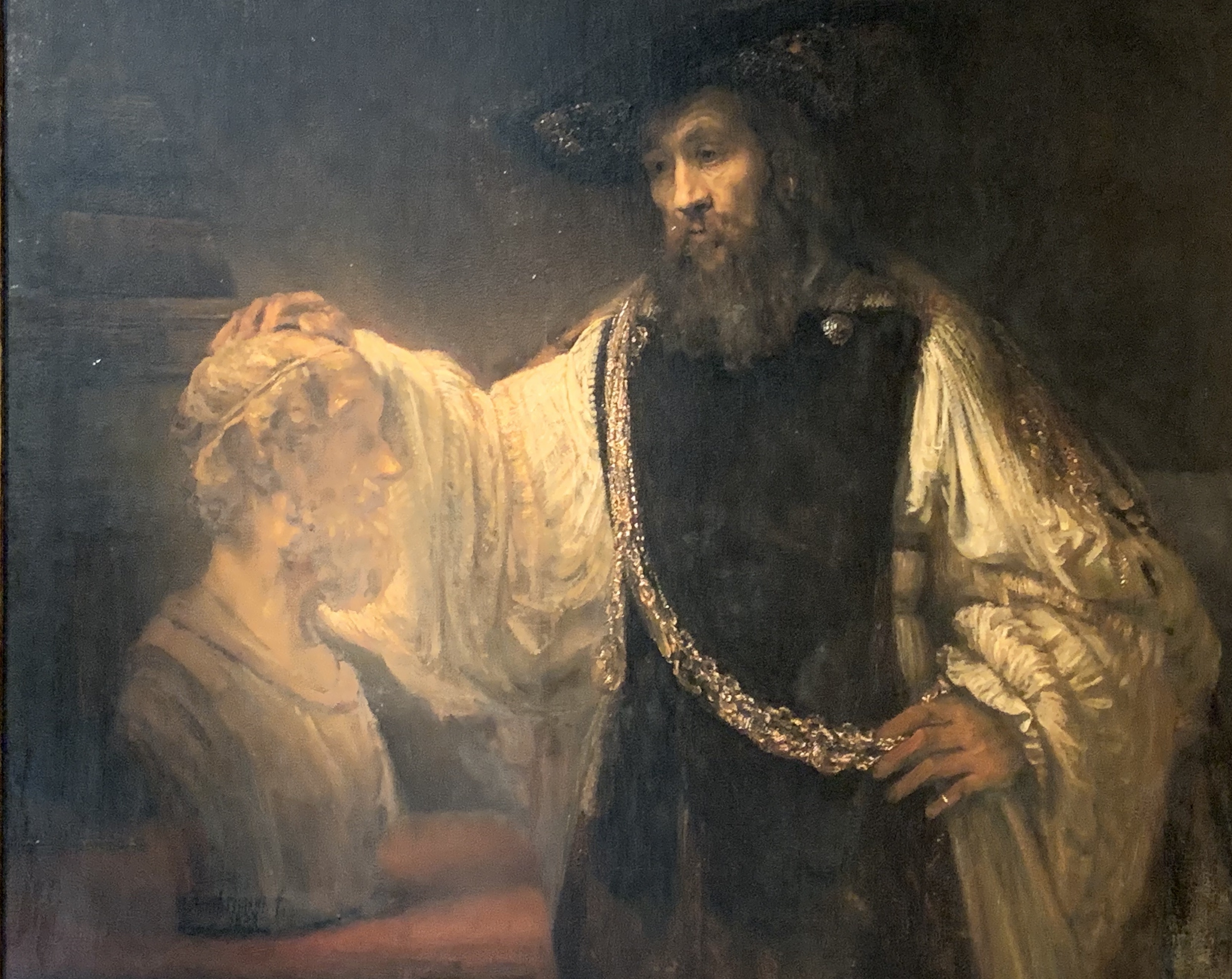
Visual Literacy
Visual literacy seems to be the newest catchphrase in photography, although it has actually been around for quite some time. I’d like to explore it a bit with you and would welcome your thoughts on its meaning and scope.
What Is Visual Literacy?
Visual literacy, at least to me, is a rather broad concept. Unlike how we have come to define “literacy” in our culture - the ability to read and write - visual literacy is not merely the ability to see and process what we see. It is far more than that.

For photographers and traditional fine artists, visual literacy involves seeing and processing what we see, of course. But to be a true artist we must learn to deeply engage with a scene and discern colors, patterns, textures, and lines. We must process the scene in such a way as to determine what the primary subject is. We must look for elements that draw the eye of the viewer. We must decide on subject placement and what elements detract from the story we are trying to tell. Not necessarily easy things to learn and apply.
This latter element of distractions is what I envy most in traditional fine artists. There are no distractions when they start a painting. I watch my wife using her oil paints to create a visual story from scratch. I see her repainting portions of the canvas that she decides are unnecessary or must change. I’ll be clear that there is no possible way I could paint at all, let alone as well as she does. But I do admit to thinking that when I come upon a scene I want to capture, I have to deal with all the distractions that nature has thrown my way. Within the limits of post-processing, I can’t just remove all extraneous distractions from the story I wish to tell.

My point is that visual literacy has as much to do with learning when to say no to capturing an image, which is one of the biggest distinctions between the approach of a pro and an amateur. We learn from hard knocks when not to press the shutter release.
One more thing that I believe constitutes a visually literature photographer. It is knowing and understanding the work of others, especially the masters of our art form.
How Does One Develop Visual Literacy?
Visual literacy is not something you can simply Google. Like any fine artists, literacy comes with time, patience, study, and more practice than most people are willing to commit to. But, there are some activities and behaviors that I believe can accelerate the process, or at least reinforce it.
Read. If you haven’t done it yet, start reading books by the masters of photography. Perusing books by Weston, Salgado, Adams and so many others will help you to develop your own visual literacy. Personally, I have spent perhaps 20 hours to date studying Salgado’s book “XXX”. I try to figure out what he saw that tempted him to capture the scene. How did he compose it to tell his story so eloquently? And don’t just confine your study to imagery in your preferred genre. I’m not a portraitist, but I sure learn a lot about lighting, shadow, and composition from those masters. Finally, study today’s masters to finely hone your own literacy.
Use the Web. The Internet has become a repository of our photographic history, so use it as an adjunct to your book reading. But also take advantage of successful photographers online who share with you their diverse approaches. Try to figure out how their visual radar teases out a winning image.
Simplify Your Tools. You don’t need to always take your top-of-the-line camera when you go out to shoot. Try taking a point-and-shoot or your smart phone and just take lots of images that you compose, recompose and then recompose again. Without the burden of having to prove your smarts with expensive gear, you’ll be free to see leading lines. Click. Texture. Click. An exception to the rule of thirds. Click.

Seek Feedback. Pick a local photographer in your genre whose body of work you respect and admire. Ask her to sit with you as you go through ten images that you like and ten that you don’t. Ask for feedback. What does she see that you weren’t able to? How would she have captured the image? Use that feedback to refine your own visual literacy.
Take Field Workshops. I know this sounds self-serving - I offer such workshops - but the most efficient way to gain new visual literacy skills, or polish the ones you already have, is by finding a pro photographer whose work you admire and go into the field with him. This can be a one-on-one experience or a group, but nothing is better than seeing a master at work, asking questions, getting help to better vision the image facing you, and learning how to post-process to achieve your final vision.
Visit Museums. I’ve written about this before because I believe this is an overlooked aspect of honing your visual literacy. Why are art museums so chock full of work that is universally praised? Go. Look. Study. Fine artists didn’t just throw paint on a blank canvas. They worked their canvases. They had a finely tuned sense of what visual literacy is. Learn from them.

I’m not only talking about “traditional” fine art painters. I have learned in recent years to appreciate some modern art. I look at spatial relationships, use of color and texture, recurring patterns and more. I feel this have extended my visual literacy and has challenged me to incorporate those factors in my own work.
In this short blog I’ve left out other aspects of visual literacy. Please share yours with us by leaving comments.